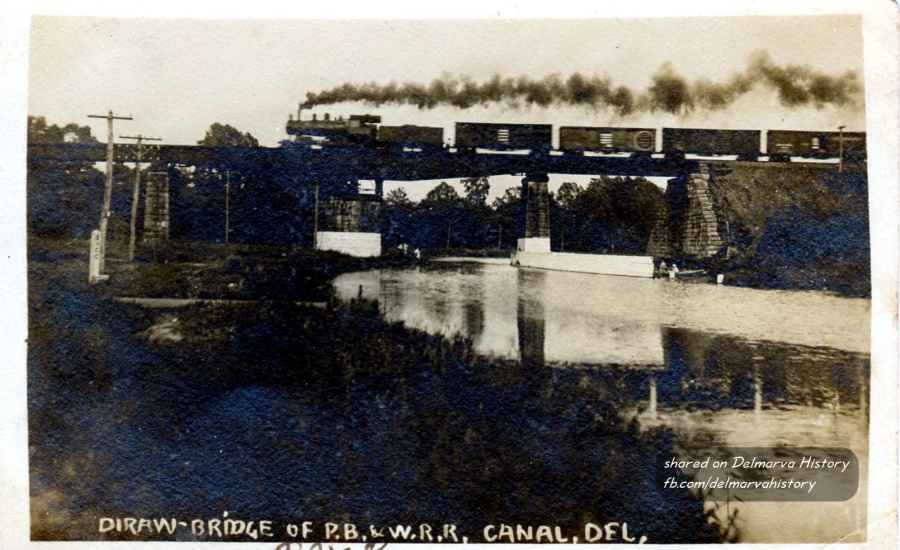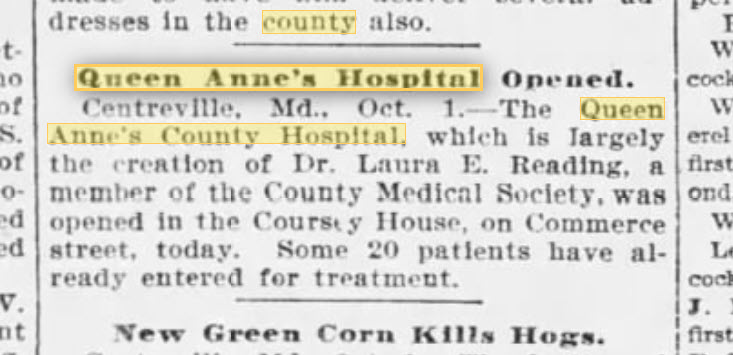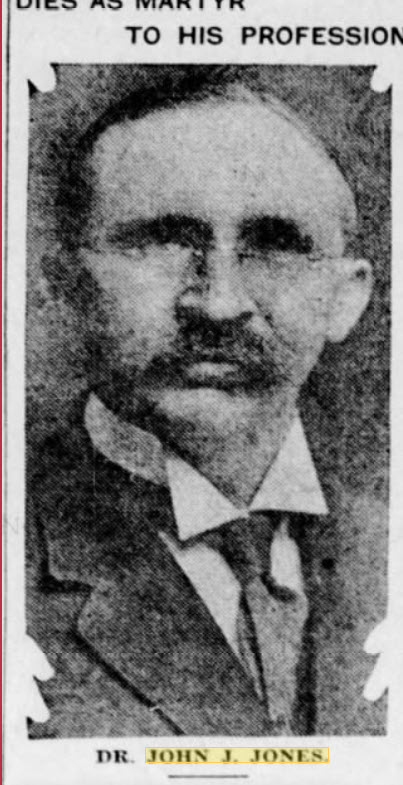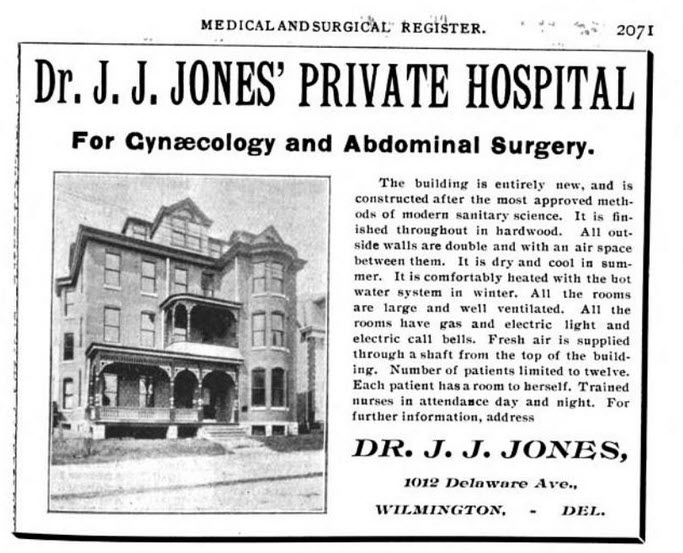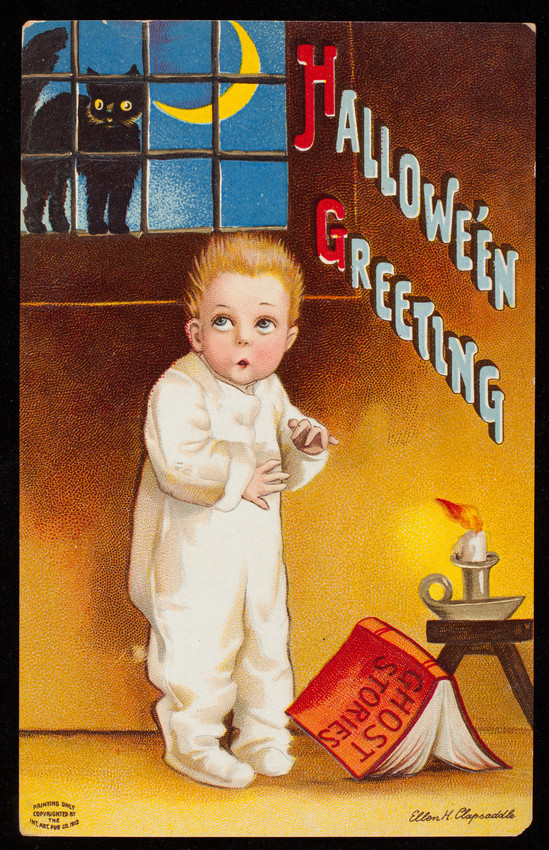
BALTIMORE, Md. (May 2023) – After careful deliberation, the Maritime Committee of the Maryland Center for History and Culture (MCHC) is proud to award the 2023 Brewington Book Prize to Jack Shaum for his book 122 Years on the Old Bay Line (America Through Time). This publication was chosen from a competitive selection of titles on the maritime history of the Chesapeake Bay and United States published throughout 2022. Shaum’s book details the Old Bay Line, the name by which the Baltimore Steam Packet Company was best known over most of its 122-year history of nightly passenger transport and freight on the Chesapeake Bay between Baltimore and Norfolk. These steamers were often mistakenly referred to as ferry boats, but these large, sturdy vessels operating year-round instead provided reliable on-time service for the traveling public and shippers alike in the Chesapeake Bay region.
The Old Bay Line steamers were famous for their cuisine, impeccable service, and fine accommodations. They were called up for war service during the Civil War, World War I, and World War II. Several of the company’s vessels even crossed the Atlantic and saw action overseas in World War II. By the 1950s and 1960s, the company was the last of its kind. By the time it wrapped up operations in 1962 it was the oldest steamship company in the U.S.
Jack Shaum, a Chestertown resident, is a retired award-winning print and broadcast journalist who spent nearly 50 years in the business. He is the author of “Lost Chester River Steamboats: From Chestertown to Baltimore,” (2015) co-author of “Majesty at Sea” (1981), and co-author and co-editor of “Night Boat on the Potomac” (1996). He was the Editor In Chief of “Power Ships,” quarterly journal of the Steamship Historical Society of America. For 20 years, Shaum and his wife traveled as on-board lecturers aboard several small coastal cruise ships.
“This award from the Maryland Center for History and Culture is especially meaningful to me because my good friend H. Graham Wood was on the Maritime Committee for many years and took this young steamboat enthusiast under his wing, and encouraged me in pursuing my interest in the Old Bay Line and the entire Chesapeake Bay steamboat industry,” Shaum said in his acceptance of the award. “As I stated in my preface, I am hoping that this book and hopefully others to follow will help awaken interest in the steamboat era on Chesapeake Bay and its economic importance to the region.”
Beginning in 2015, MCHC has awarded The Brewington Book Prize annually for the best book on maritime history related to the Chesapeake Bay or the nation published in the previous year. The prize comes with a $500 honorarium and is named for Marion V. Brewington (1902–1974), a legendary maritime curator and historian from Salisbury, MD who also served as MCHC’s maritime curator.
Previous winners of the Brewington Book Prize include:
- 2022 Lyman D. Hall, The Stewards of West River: A Maryland Family During the American Revolution
- 2021 David W. Wooddell, The Inspection Tugboats Baltimore, 1857-1980
- 2020 Donald Grady Shomette, Anaconda’s Tail: The Civil War on the Potomac Frontier, 1861-1865
- 2019 Judge John C. North II, Tradition, Speed, and Grace: Chesapeake Bay Log Sailing Canoes
- 2018 William Fowler Jr., Steam Titans: Cunard, Collins, and the Epic Battle for Commerce on the North Atlantic
- 2017 Donald Grady Shomette, Privateers of the Revolution: War on the New Jersey Coast, 1775–1783
- 2016 Kate Livie, Chesapeake Oysters: The Bay’s Foundation and Future
- 2015 Tim McGrath, Give Me a Fast Ship: The Continental Navy and America’s Revolution at Sea # # #
The Maryland Center for History and Culture (MCHC) collects, preserves, and interprets the history, art, and culture of Maryland. Originally founded as the Maryland Historical Society in 1844, MCHC offers a museum, library, and education programs to inspire critical thinking, creativity, and community. Learn more at mdhistory.org.





